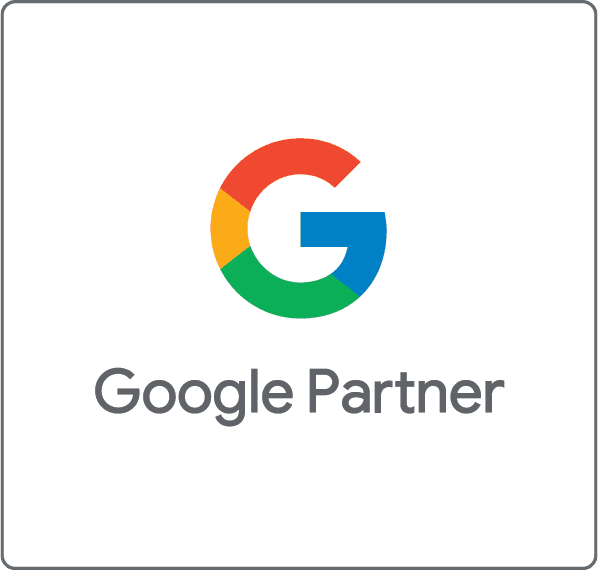Lead Generation in Healthcare: A Guide for Providers and Marketers
Generating leads is a crucial part of growing healthcare practices and businesses. However, with the increasing competition and evolving consumer expectations, successful lead generation requires a strategic approach. In this guide, we will explore some best practices for lead generation in healthcare.
Understanding Your Target Audience
The first step in generating leads is to identify your target audience. In the healthcare industry, your target audience may include patients, referring physicians, healthcare facilities, and insurance providers. Once you have identified your target audience, you can create marketing messages that will resonate with them.
Developing a Strong Online Presence
In today’s digital age, having a strong online presence is essential for lead generation in healthcare. An effective online presence includes a well-designed website, active social media accounts, and online reviews. Your website should be mobile-friendly, easy to navigate, and provide clear information about your services and specialities.
Social media allows you to engage with potential patients and healthcare providers, share valuable information, and showcase your expertise. Online reviews are also critical, as they can influence the decision-making process of potential patients and referring physicians.
Search Engine Optimization (SEO)
SEO is the practice of optimizing your website and online content to rank higher on search engines like Google. Higher rankings translate to more visibility and traffic to your site, which can result in more leads. Some key SEO tactics for healthcare providers include:
1. Quality Content: Creating high-quality content, such as blog articles and videos, that educate, inform, and engage your target audience.
2. Keyword research: Identifying relevant keywords that potential patients and referring physicians may use when searching for healthcare services.
3. On-page optimization: Optimizing website elements like title tags, meta descriptions, and content for specific keywords.
4. Local SEO: Claiming and optimizing your online business listings on Google My Business and other local directories.
Lead Magnets and Calls-to-Action
Another useful tactic for lead generation in healthcare is offering lead magnets. Lead magnets are free resources, such as ebooks, whitepapers, or webinars, that provide valuable information to potential customers in exchange for their contact information. Once you obtain their contact information, you can nurture those leads through email, social media, and other marketing channels.
Calls-to-action are also critical, as they encourage visitors to take a specific action on your website, such as scheduling an appointment or contacting your office. Effective calls-to-action should be persuasive, easy to find, and lead visitors to the next step in your lead funnel.
Measurement and Analysis
Finally, measuring your lead generation efforts is crucial to understanding what is working and what needs improvement. Tools like Google Analytics and marketing automation software can help you track website traffic, lead generation, and conversion rates. By analyzing this data, you can optimize your marketing strategies to produce more leads and growth for your healthcare business.
In conclusion, lead generation in healthcare requires a well-planned, strategic approach that includes a strong online presence, SEO, lead magnets and calls-to-action, and measurement and analysis. By implementing these tactics, healthcare providers can attract new patients, expand their referral network, and grow their business.























